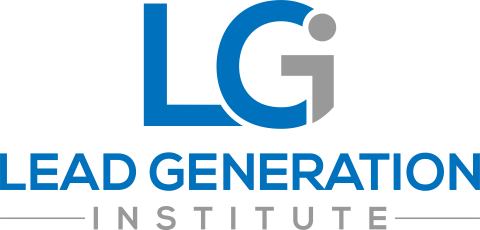Copywriting is an essential tool for lead generation and digital marketing as a whole. This process revolves around the creation of content used to encourage users to react in one form or another. Copywriting can be applied in numerous cases such as website landing pages, social media posts, emails, newsletters, blog posts, infographics, etc. Also, copywriting is used in marketing campaigns, both online and offline, as a technique designed to create slogans, printed content, catchy adverts, and much more.
It is, however, essential to make a distinction between copywriting and content marketing. Though closely related, these marketing tools aim to achieve different things. While copywriting is about encouraging readers to take actions like purchasing, subscribing, joining, calling, etc., content marketing is about a more comprehensive engagement with the brand’s audience.
That isn’t to say they are entirely disconnected – far from it. It’s next to impossible to have a successful content marketing campaign without some degree of copywriting. Similarly, copywriting wouldn’t be as in demand without content marketing. In any case, copywriting needs to strike a somewhat delicate balance between jargon-free content and SEO-friendly keywords, while still being relevant. It also involves delivering the brand’s message, compelling the audience to take action, and building meaningful connections, all without sounding too ‘salesy,’ in the process.
That said, here are some of the most significant tips for copywriting with the intent of lead generation.
The Target Audience
If the purpose of your copywriting is to compel your audience into taking a specific action, it would only stand to reason that you will also need to know a bit about them. You will need to develop a persona comprised of your target audience’s likes, dislikes, wants, needs, and pain points to know how to best approach them.
Unsurprisingly, social media will help you better understand who your audience is and what they’re about. Track their activities, comments, and other similar engagements on your social channels to develop their persona. You’ll be in a far better position to write more personalized and influential content when you know toward whom the message is intended.
Format Over Copy
One study from the Nielsen Norman Group found that only 16% of people will read word-for-word, while a whopping 79% of people will only scan through new pages they came across. This data compels us to emphasize the page’s formatting more so than what we’re writing.
That isn’t to say the copy itself, or the amount of text is of no importance, just that the way you present the information should take precedence. It’s imperative that the 79% will also get the message you are trying to convey. To do this, try the following:
- Short sentences.
- Two-line paragraphs.
- Lists and bullet points.
- Bold important facts.
- Use black text over a white background.
- Use plenty of headings.
- Omit unnecessary words and jargon.
- Frontload important information (start with the most relevant data, then provide further details).
Less is More
Never use two words when one will do. Simplicity sits at the core of copywriting as it provides the highest conversion rates and sales. Internet users today don’t want to spend tons of time reading. They want to take a glimpse and understand. To accommodate these behaviors, marketers need to be concise and to the point. That said, long-form copywriting can also be useful. Nevertheless, certain areas such as the headline, anchor text, first few sentences, and calls-to-action will benefit more by being short and to the point.
Conversational Language
Unlike some forms of content marketing, copywriting should be more conversational. It should be akin to a salesperson speaking through a sales presentation over lunch with a client. The language you use should be friendly, informal, and genuine, without being too pushy or salesy. Use conversational words like we, you, me, they, as well as power words like your, Free, Instantly, Now, Exclusive, etc.
Features vs. Benefits
Many marketers make the mistake of confusing the product’s features with the benefits they have to offer. Benefits are what people will spend their money on, while the features are the tools that make those benefits happen. This means that your copy shouldn’t focus so much on the features as it should on the benefits. The product’s features are used to enhance, support, and confirm your claims, not the other way around. You’re selling the benefits, not the features.
While this list is not exhaustive, it will help you enhance your copywriting skills. If you want to learn more about copywriting and lead generation strategies, reach out today or subscribe to our newsletter.




